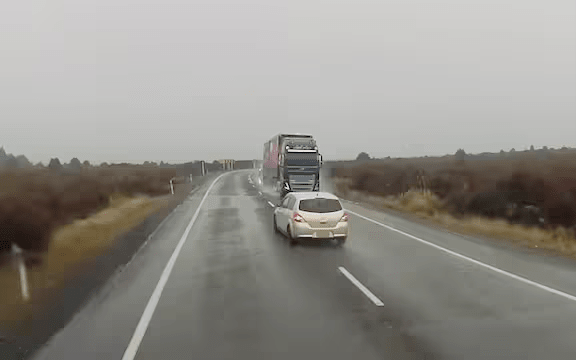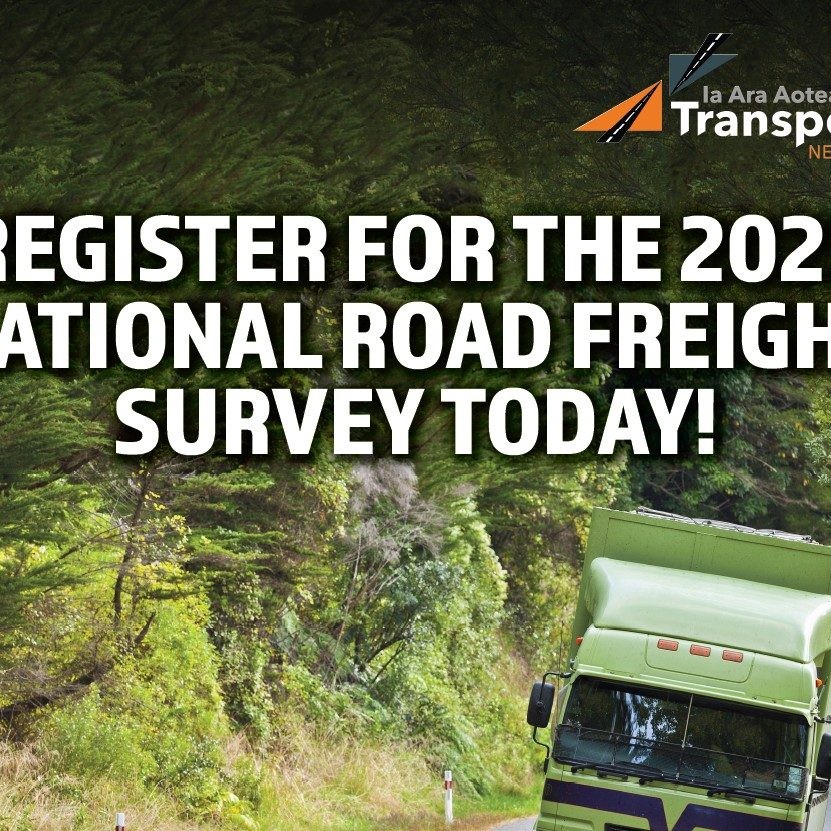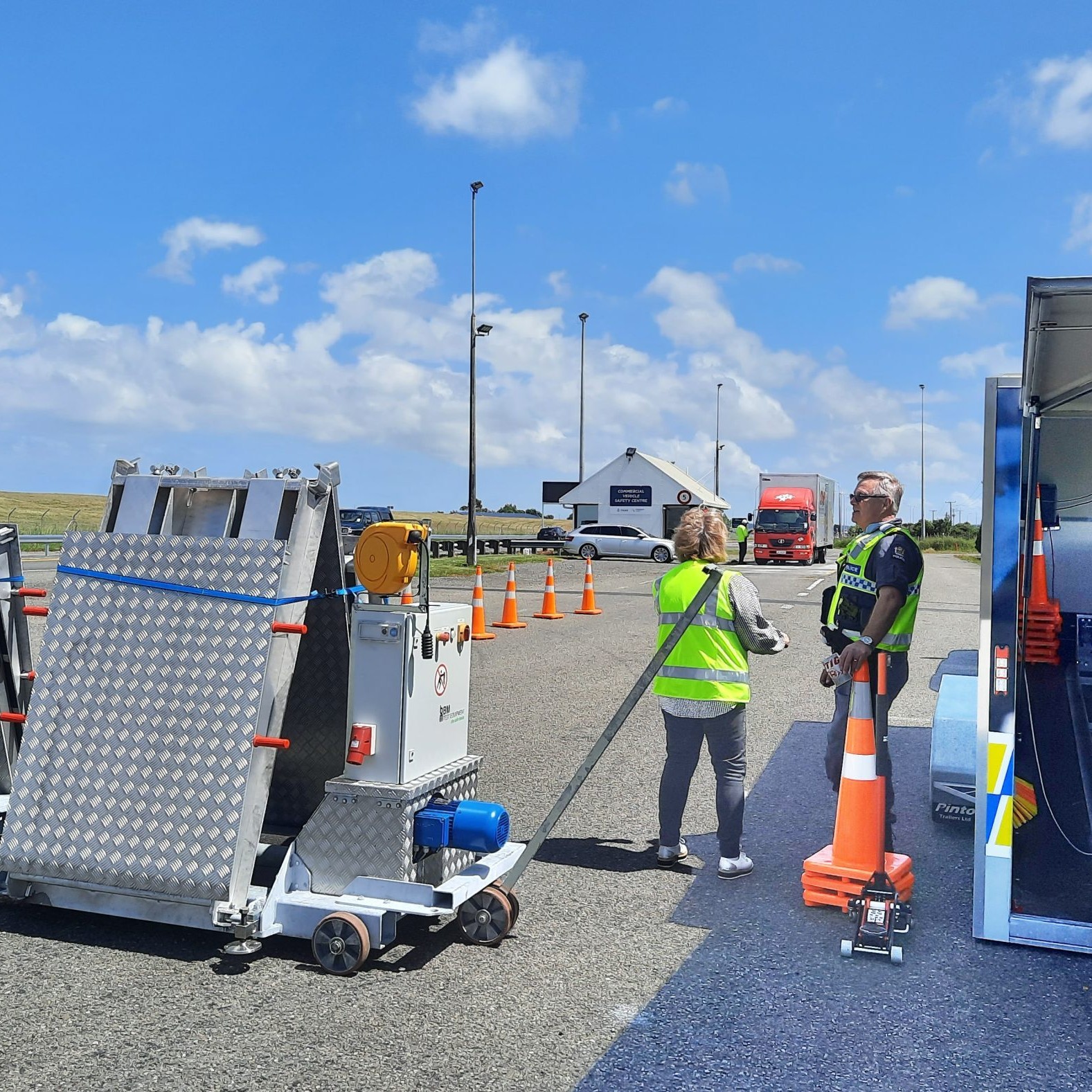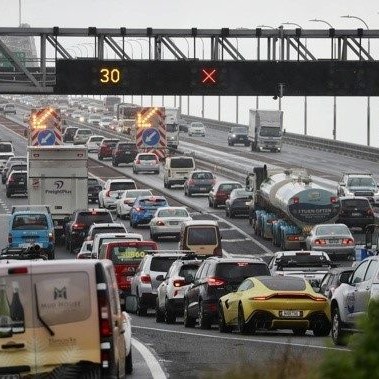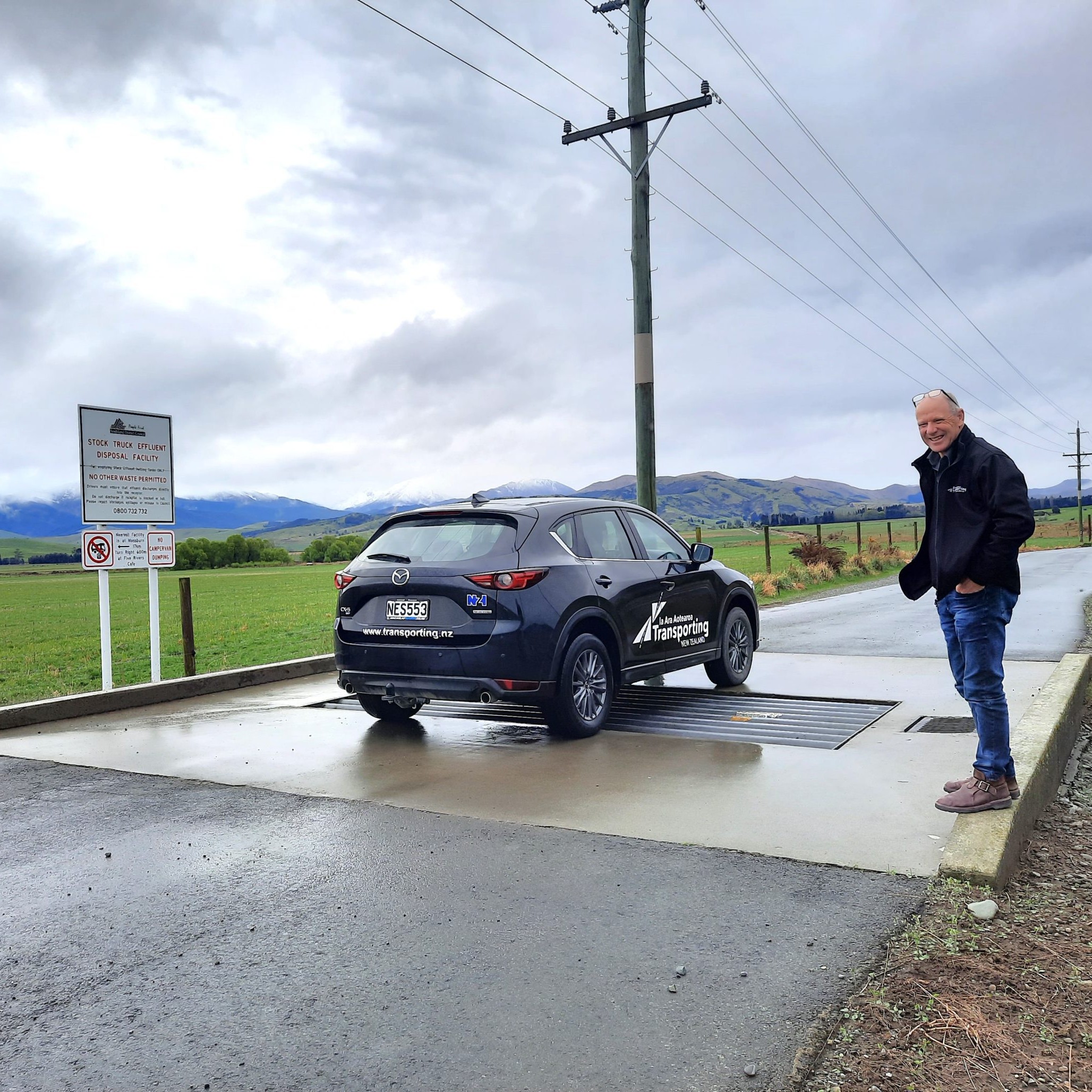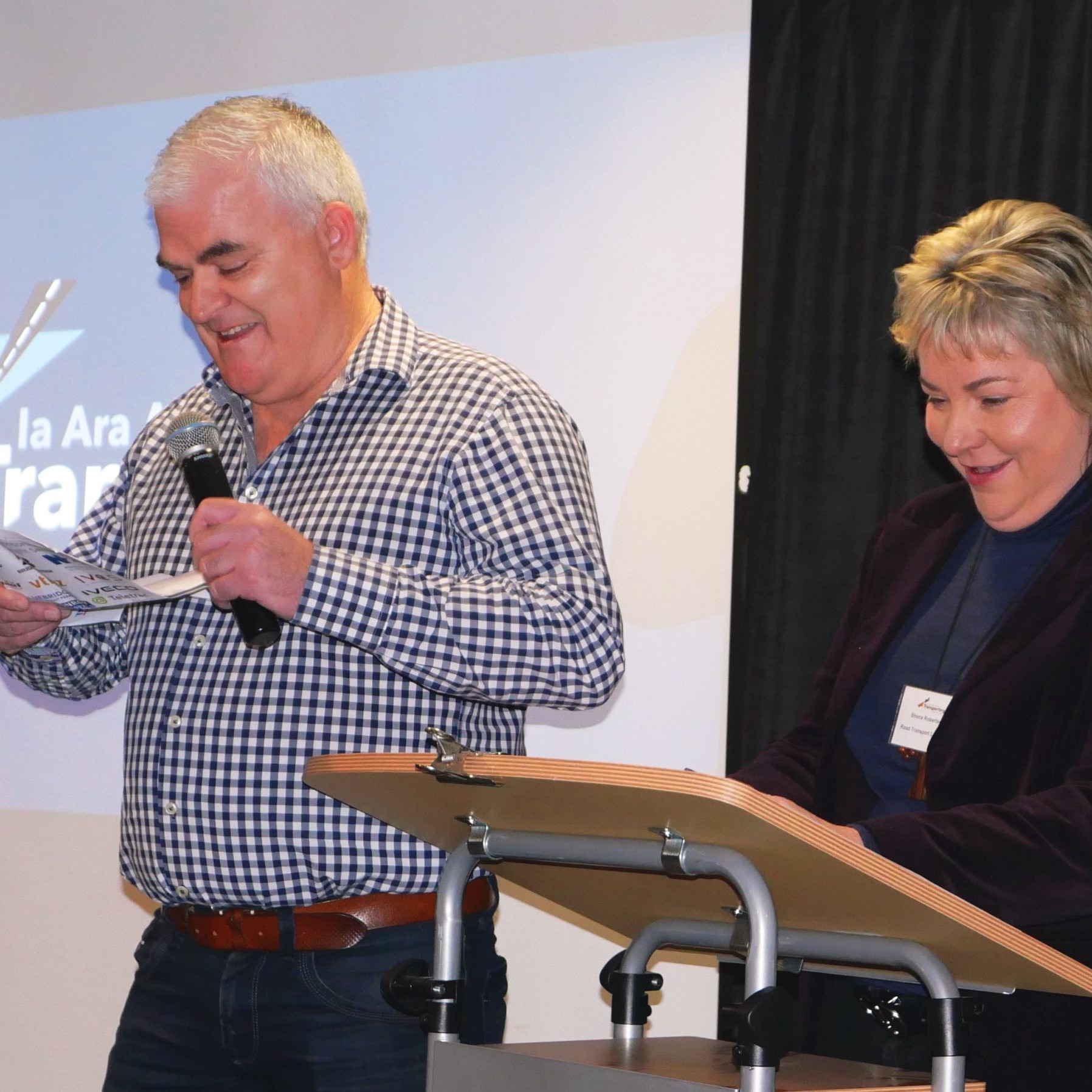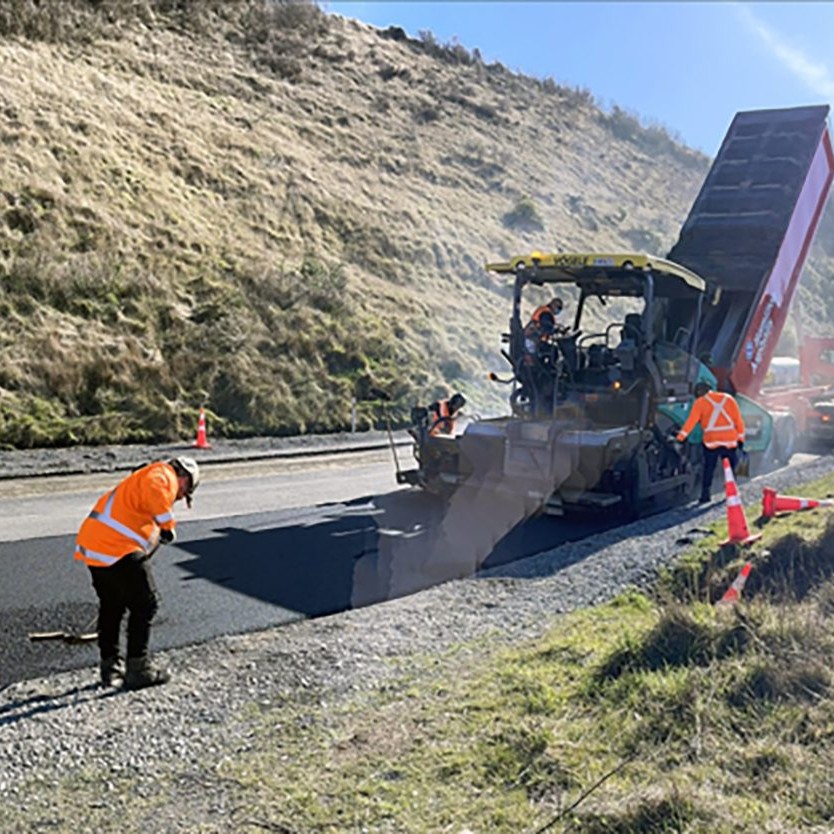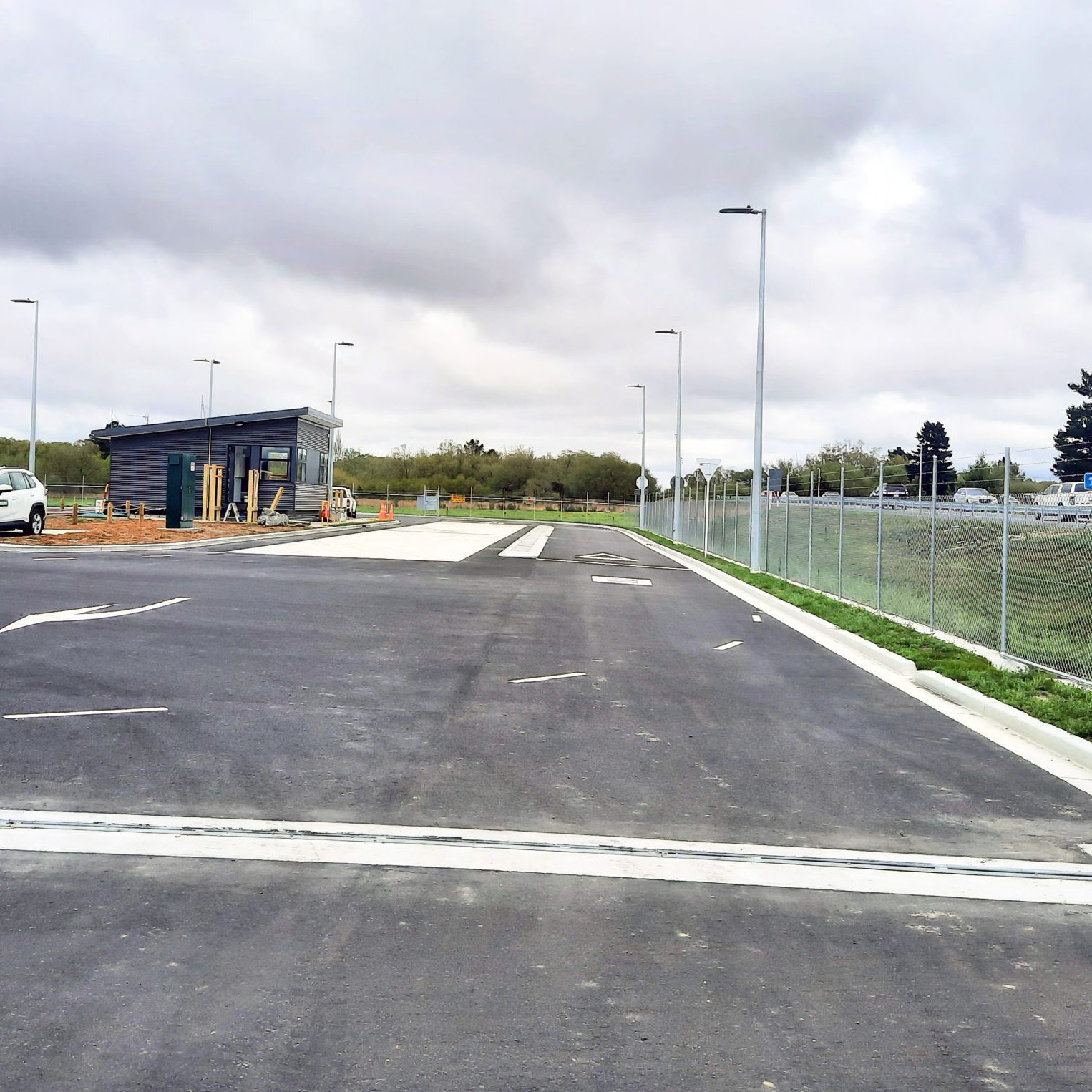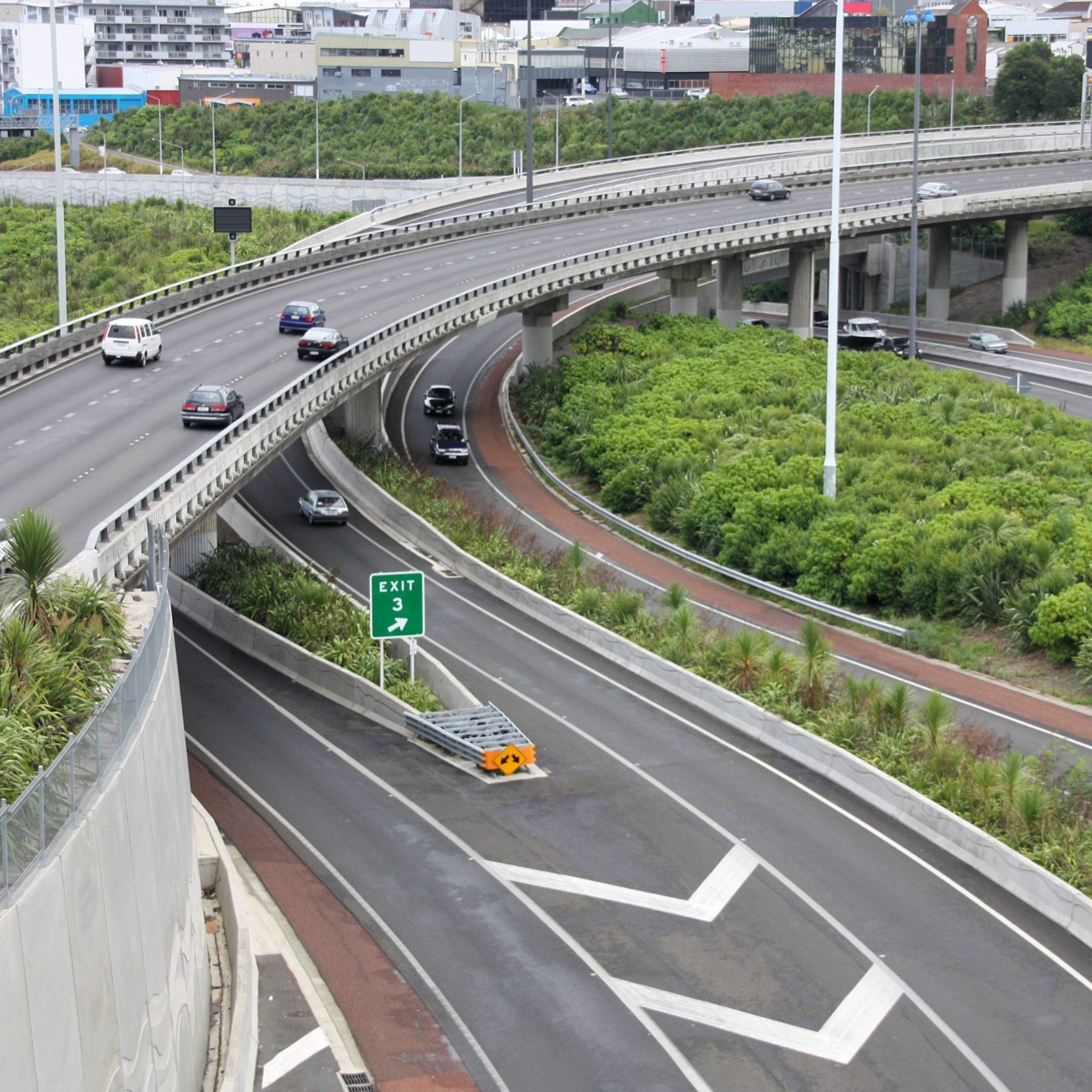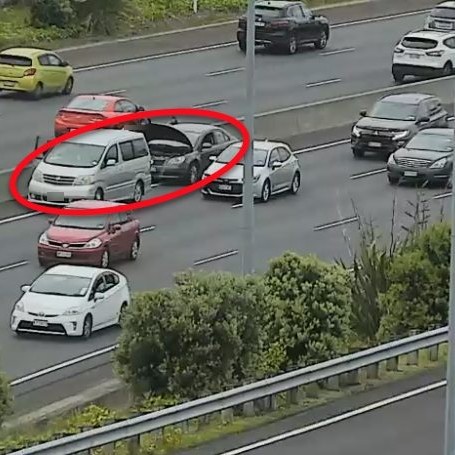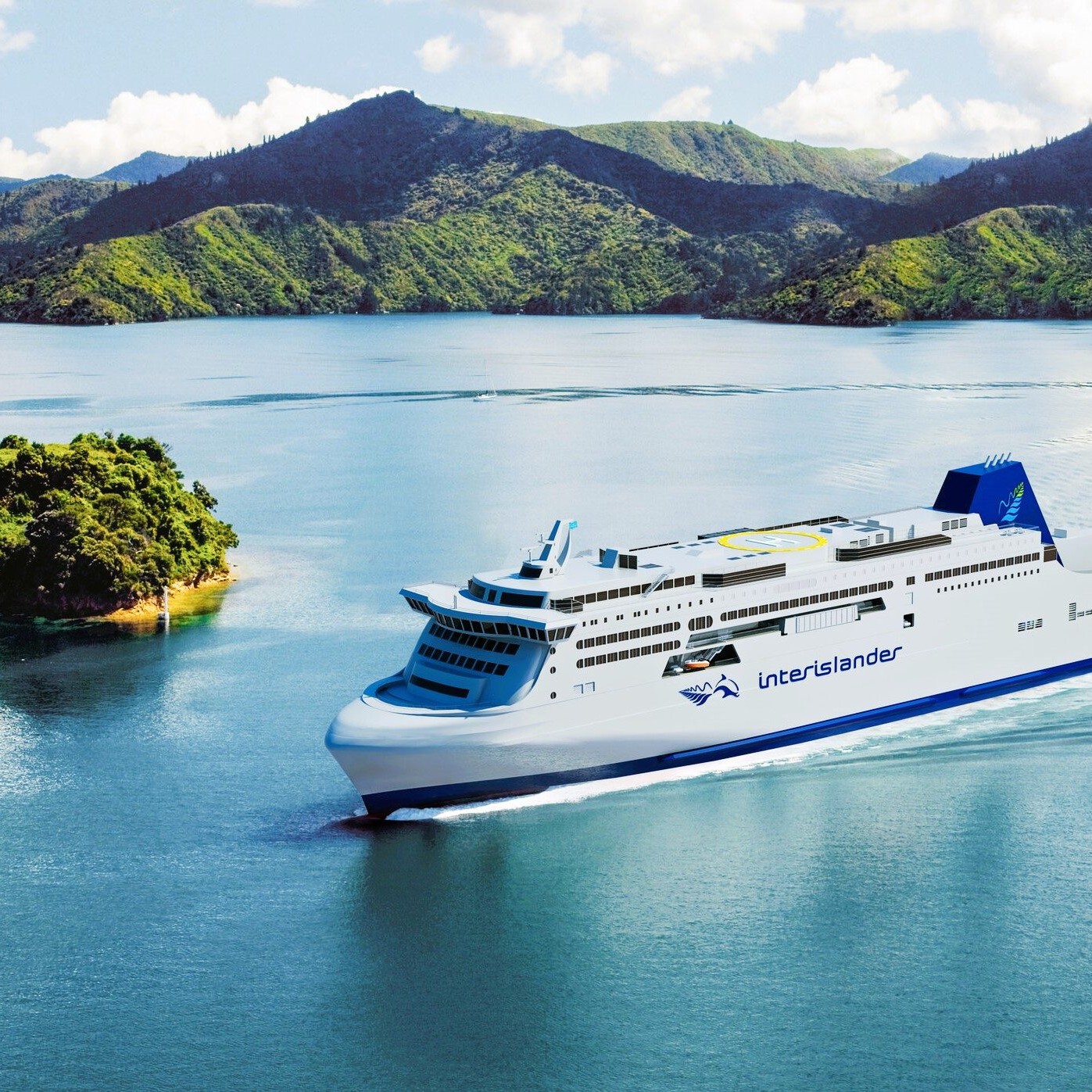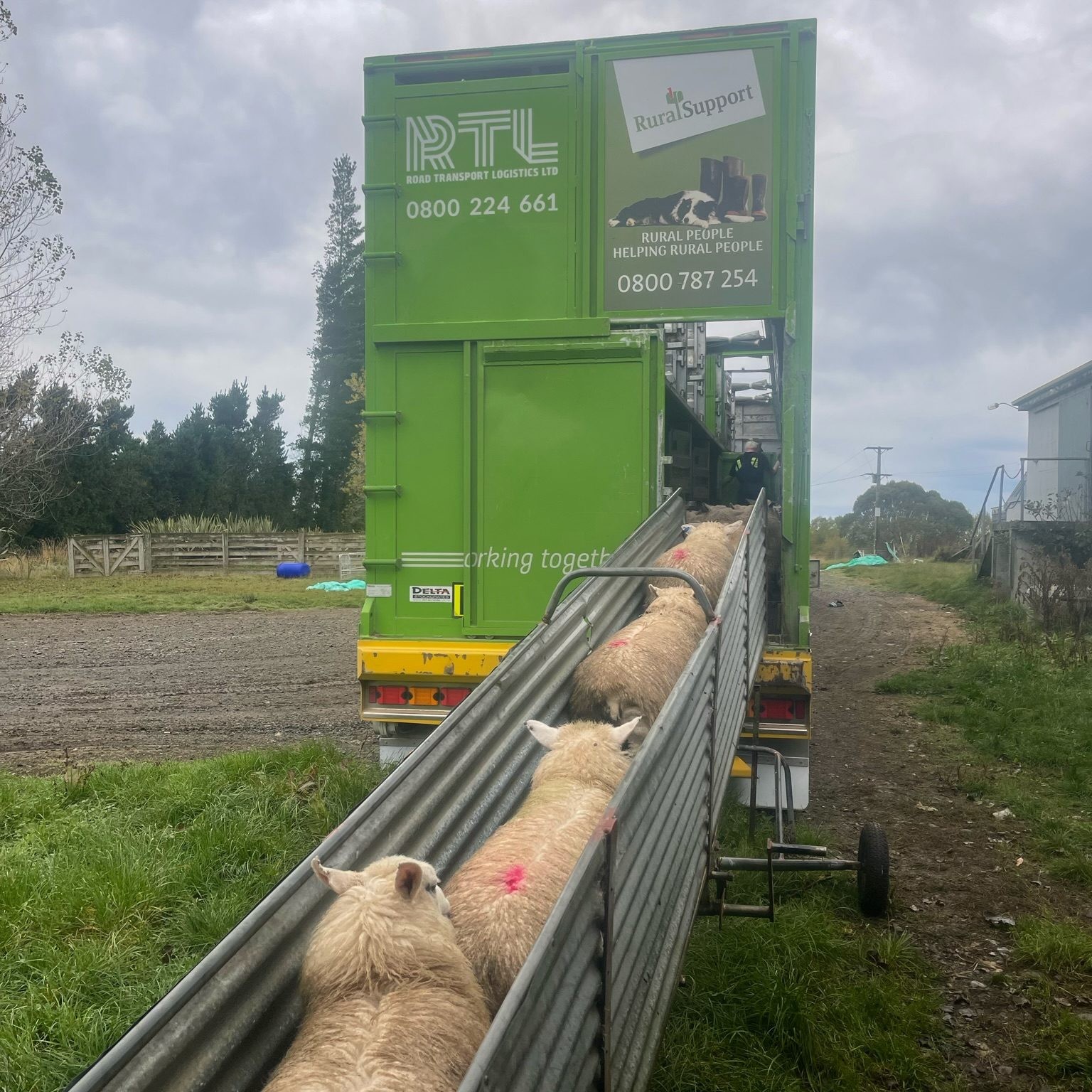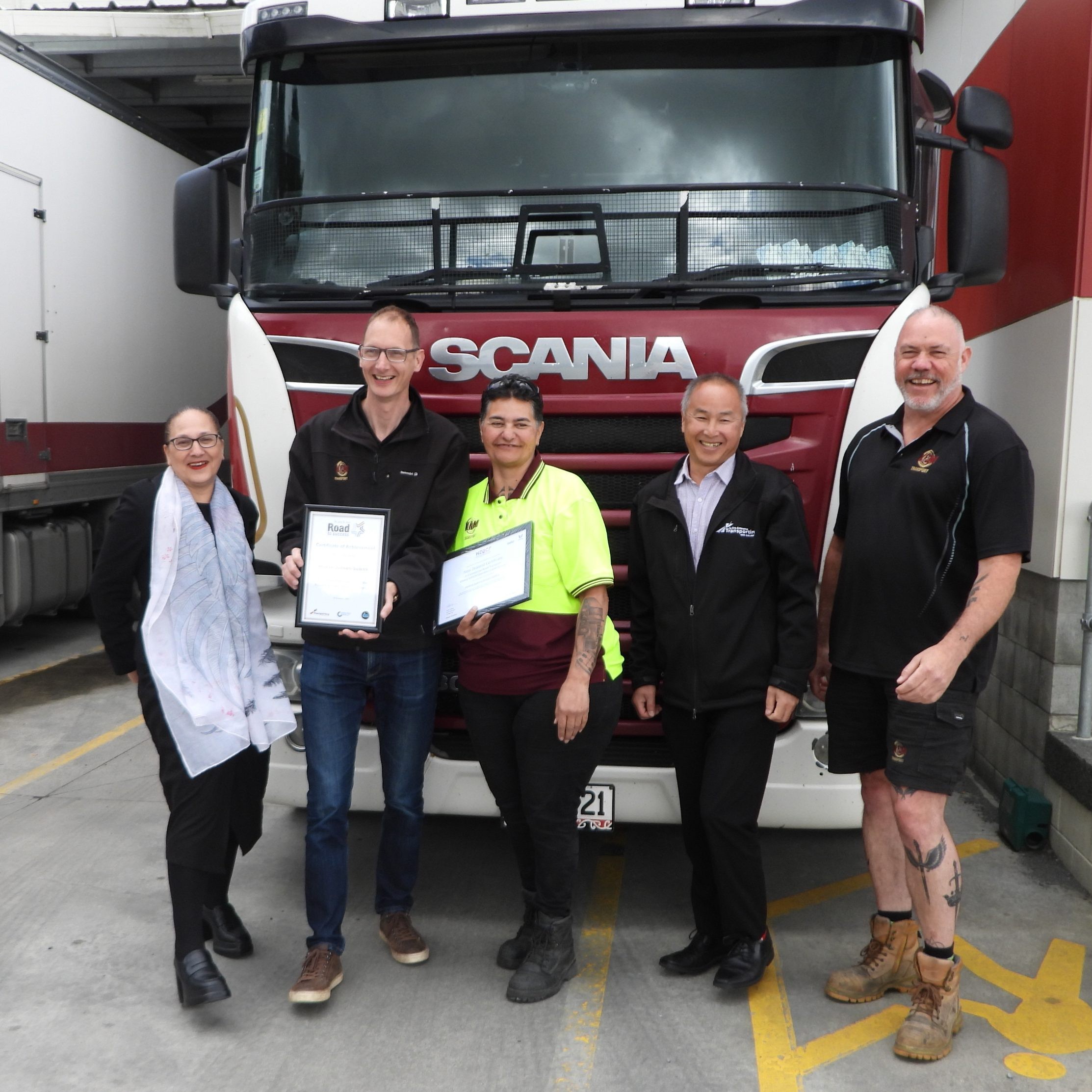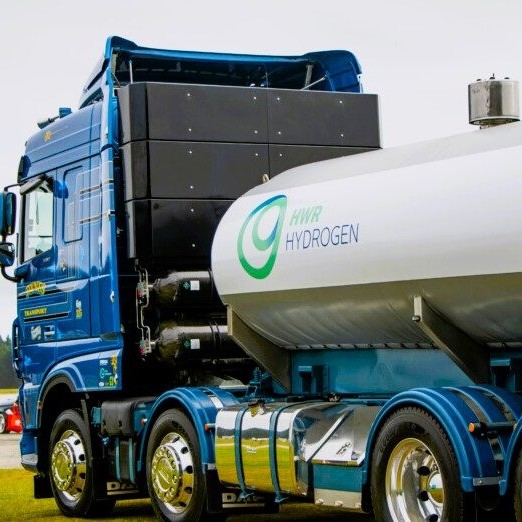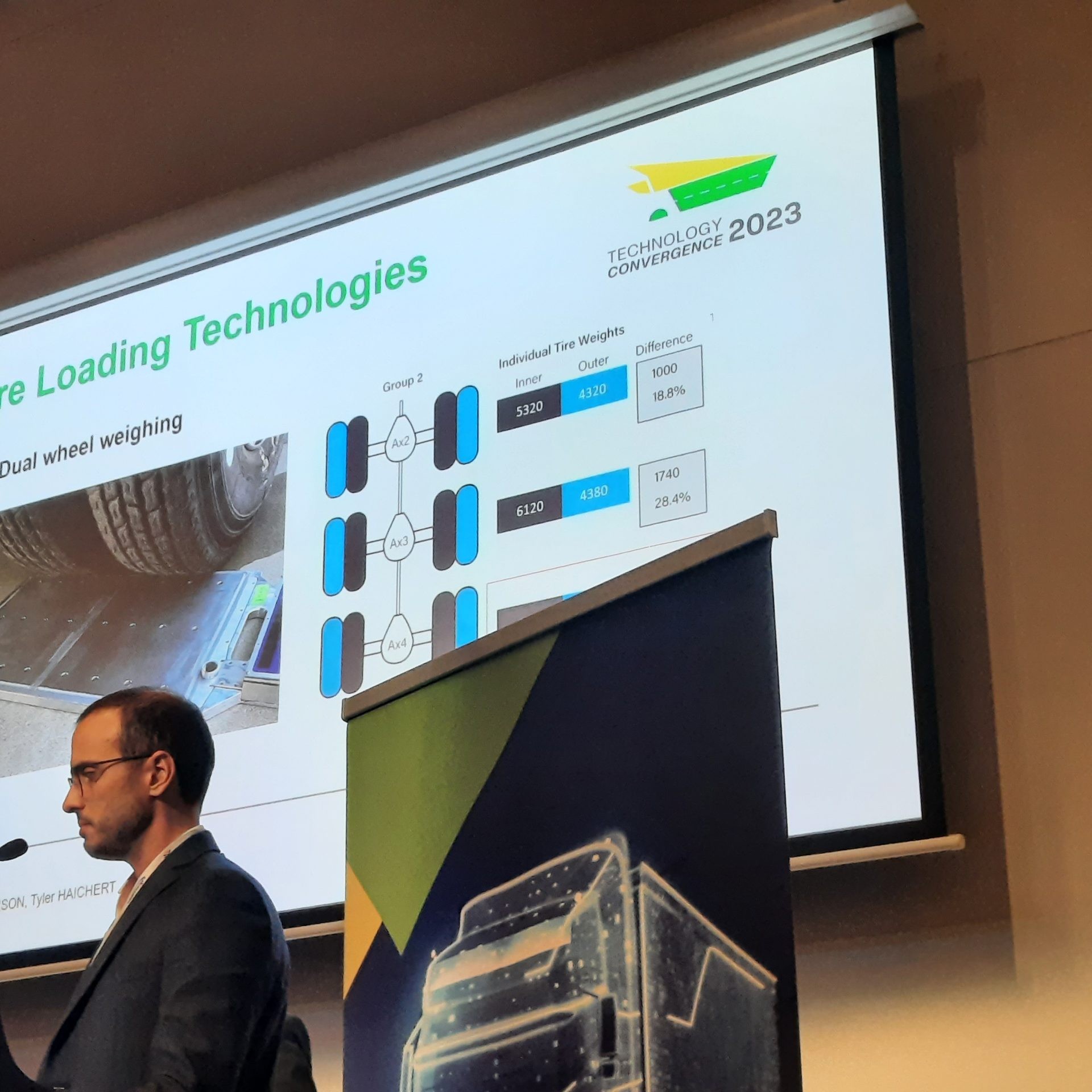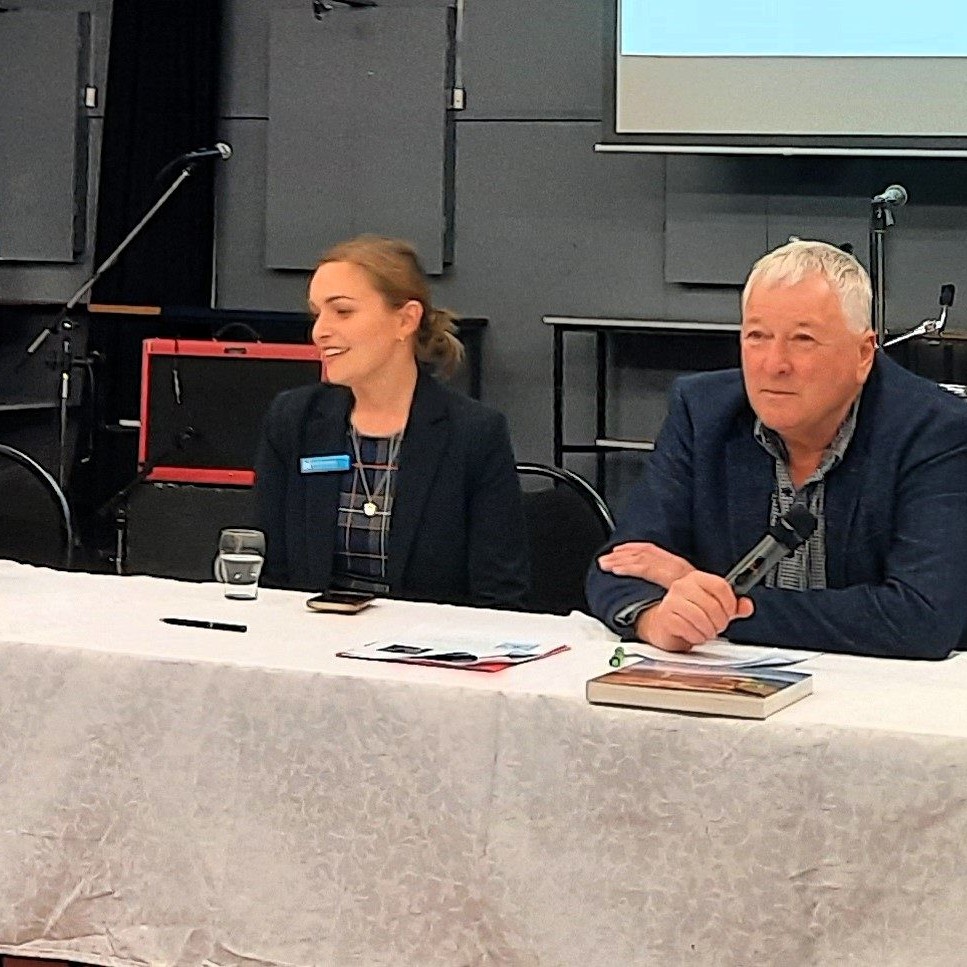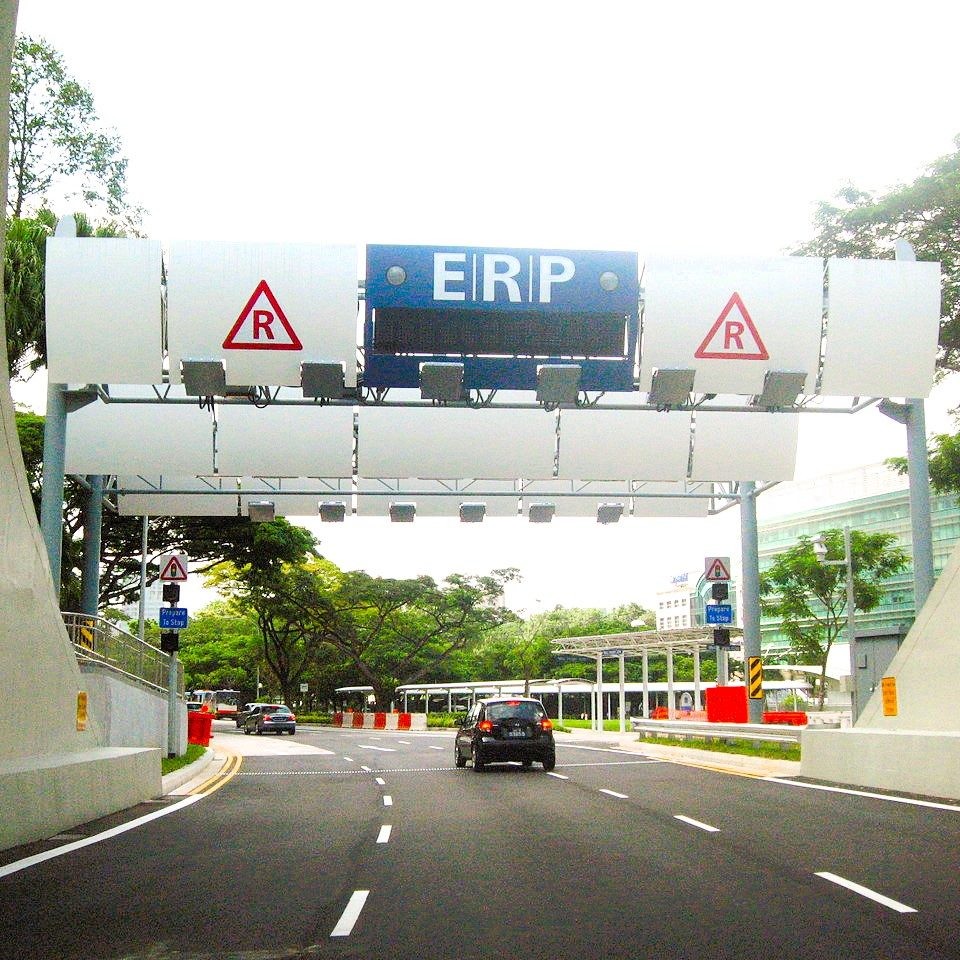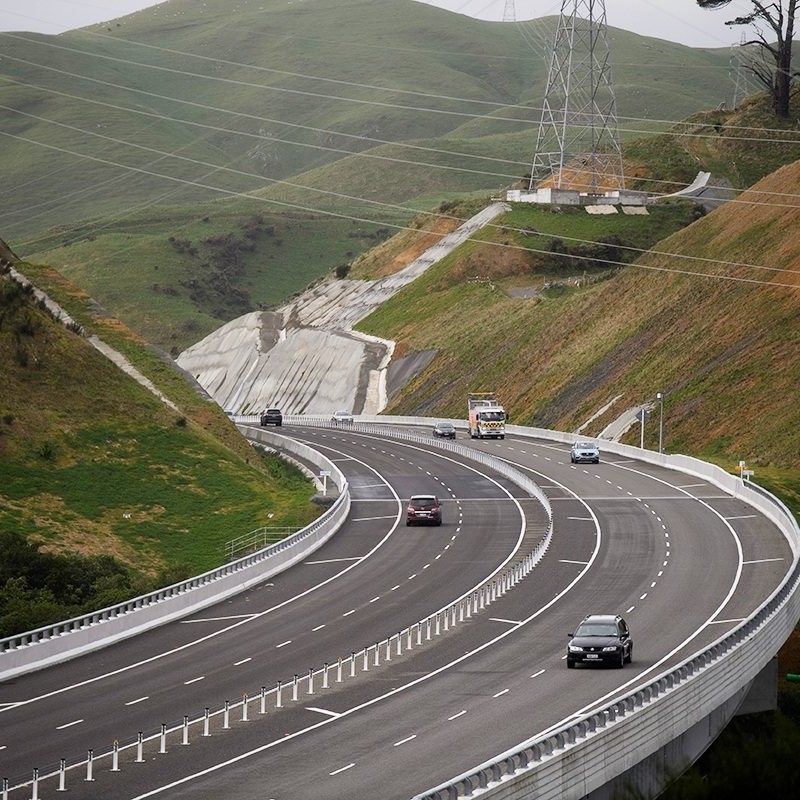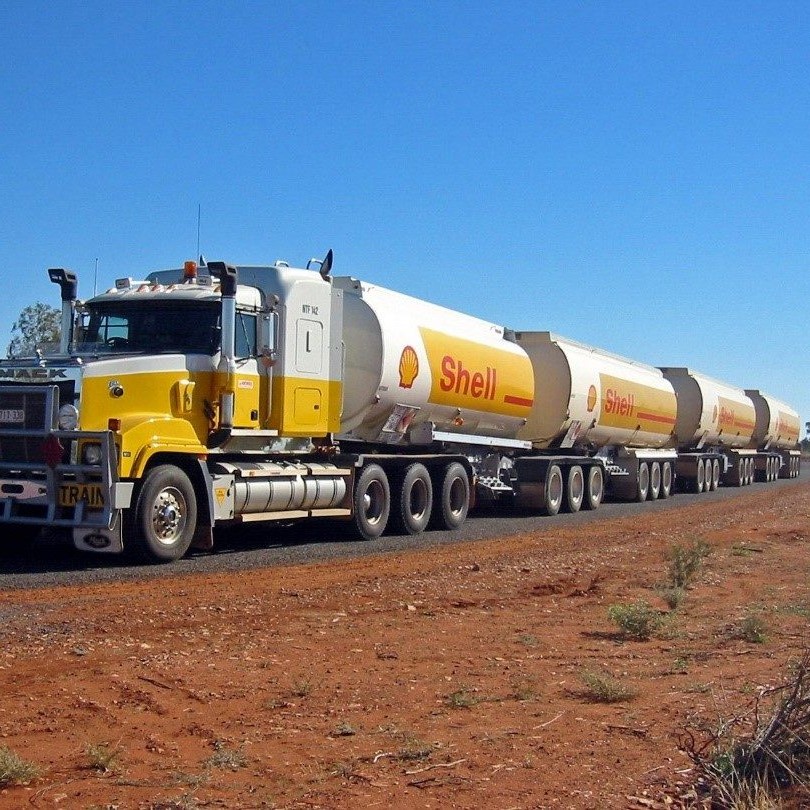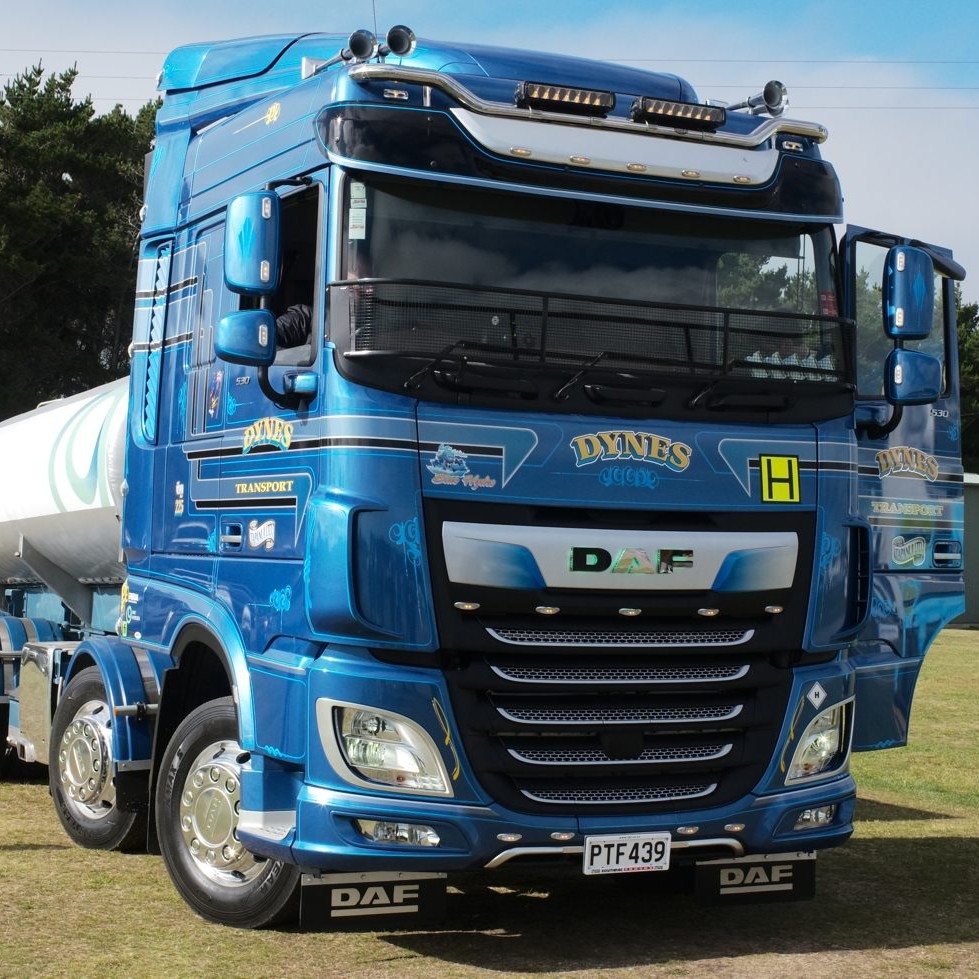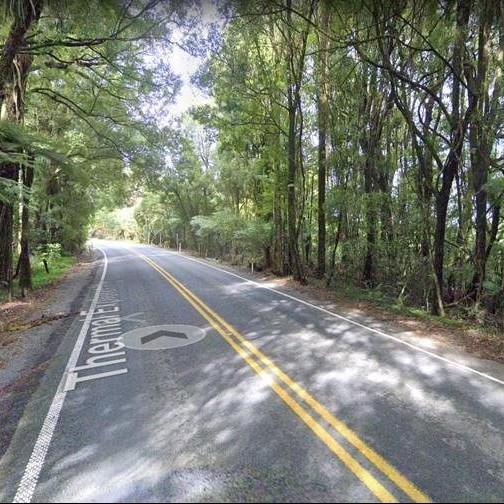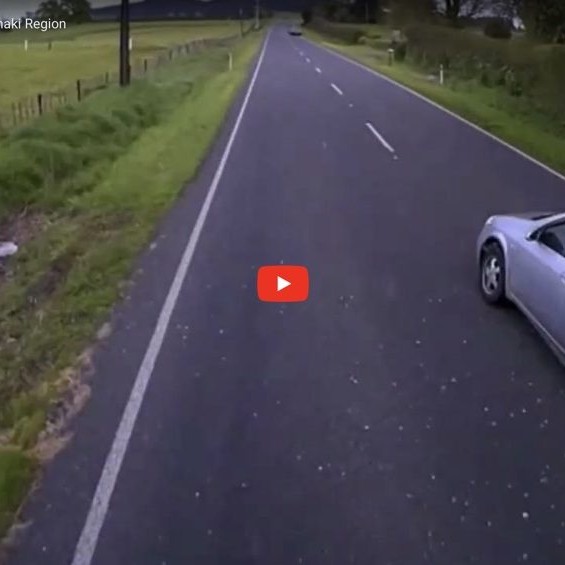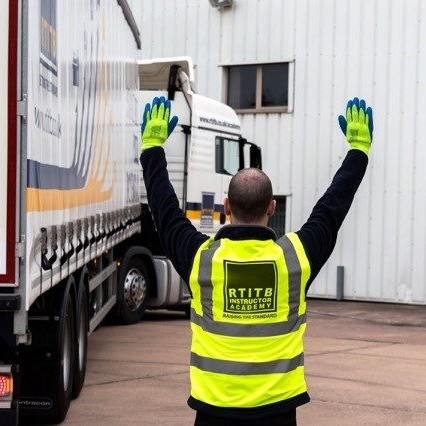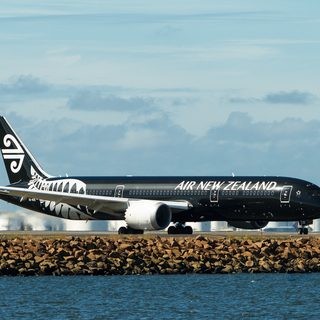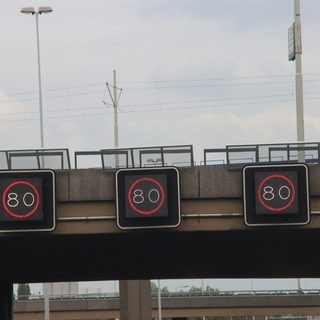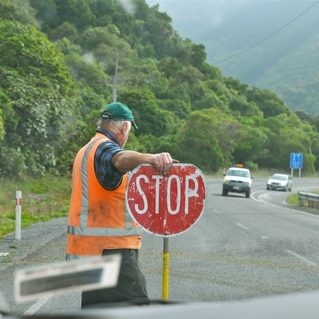
Last week we shared a link to a video we’ve produced with Ed Cox from Gibson Sheat with learnings from the WorkSafe vs STL Linehaul prosecution.
The Judge’s sentencing case notes say: “This is not a case where the company has failed to set up any systems at all because clearly it did, but what it failed to do was implement them in any way which meant that they had any real teeth and that the culture of the company was such that the risks were going to be dealt with appropriately and the workers protected.”
In other words, having polices and systems in place is only part of the management system, they need to be working end to end and be effective at managing the risk, otherwise business owners as PCBU’s are likely in breach of health and safety legislation. It may be timely to reflect on your level of confidence in how well embedded and effective your safety systems are.
This week we have a similar short video in Dispatch on the learnings from the Police vs Salter Cartage prosecution taken under the Criminal Proceeds (Recovery) Act.
Closure of Desert Rd
NZTA’s announcement this week that the Desert Road will be closed for about 2 months early next year created considerable media interest so here are some interesting impacts we see coming out of the closure.
Firstly, this piece of work is the last part of major programme of work between Piarere and Waiouru over the last several months, and NZTA has done a pretty good job consulting with the freight sector on it.
NZTA’s approach of closing the whole road is new, and it’s been done this way because it thinks it can complete the work in a much faster and safer way. We’ve been supportive of a “short term pain for long term gain” approach but clearly it does still come with considerable inconvenience and cost to road users.
On average around 3700 vehicles use the Desert Road each day and trucks are by far the minority of that traffic. Over 80 percent are in vehicles other than trucks so there are a lot more people effected by the closure than freight
The impact on travel times will vary depending on your origin and destination points. For example, travelling between Turangi and Waiouru will add 30 minutes to a normal journey time of 50 minutes; travelling between Taupo and Taihape will add 60 minutes to a journey that normally takes 1 hour 35 minutes and we’ve even heard some operators say the closure will cost them an extra 90 minutes.
Travelling between Taihape and Hamilton, the SH1 route through the Central Plateau is not currently favoured by many because of the roadworks north of Taupo and there’s only about 15 minutes difference between the alternative routes.
Doing a “back of the envelope” analysis, the additional time for trucks works out to about $6m of direct additional costs, and ultimately we hope operators impacted are able to recoup that from clients.
But perhaps what is less appreciated is that based on an average additional 30 minutes, that equates to about 24,000 work-hours of lost productivity over the 2 months. Presuming you don’t want any loss in output, then additional drivers will be needed to fill that productivity loss over the 2 months period and that’s a lot of drivers. Filling this gap could be a bigger challenge for transport than recouping the direct extra costs.
The closure is timely because our new Board Chair has shared his concern about New Zealand’s low productivity and I think in some cases we need to challenge ourselves as to whether we’re even giving it due consideration.
Another challenge is that those travelling on the SH41 and SH47 leg between Turangi and National Park will be on a section of highway that is classified under NZTA’s KiwiRAP risk system as having the highest level in the Personal Risk ratings. It’s two levels of risk higher than the Desert Road, so drivers need to take extra care.
Time and again our industry has shown great levels of resilience and regardless of what’s thrown at us, we still find a way to make sure freight gets where it needs to, and ultimately I suspect this occasion will be no different
Glasnevin site opens
The Glasnevin high speed weigh-in-motion (WIM) site went live this week and therefore operators of overloaded vehicles in respect to their RUC licence can expect to receive invoices.
However, it appears those invoices may not be sent out until mid-January, therefore if not already doing so, operators may want to keep their weight and RUC records for at least a couple of months as these might be needed to defend an invoice.
In the event an operator is invoiced and pays for additional RUC, we’ve also asked NZTA for clarification on the status of the vehicle.
We’ll keep you updated on these issues once we hear back.
A near miss caught on dashcam
Dashcam footage shows terrifying near miss between two trucks and car on Desert Rd – NZ Herald
